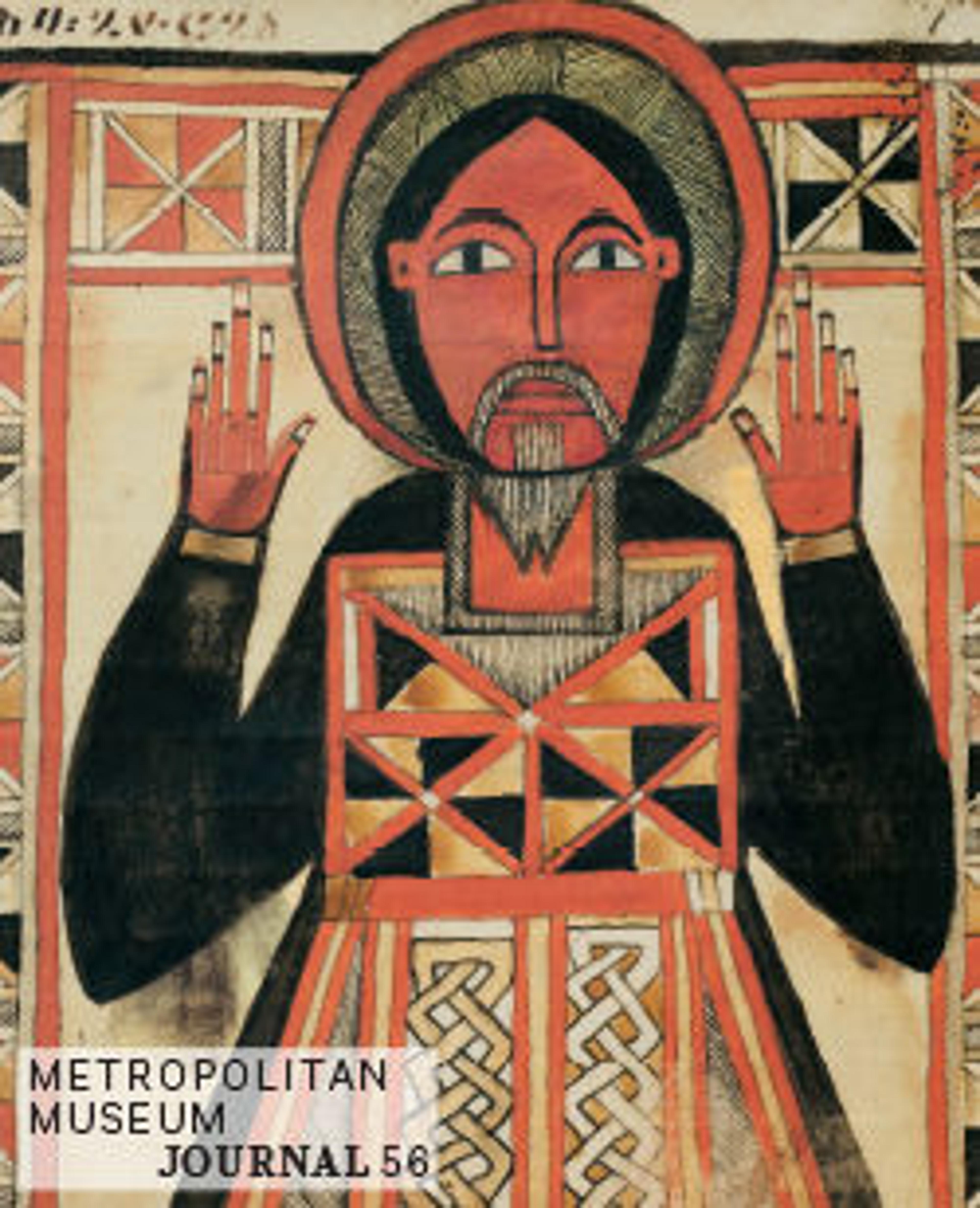English
Patio from the Castle of Vélez Blanco
The patio from the castle at Vélez Blanco, near Almeria, is a jewel of early sixteenth-century Spanish architecture. Its structure reflects the Spanish taste of its architect in the asymmetrical layout, Gothic gargoyles, flat-timbered ceilings, and low, segmental arches. Carvers from northern Italy executed the decorative Renaissance details. A sumptuous array of fanciful flora and fauna appears on the spandrels and intrados of the arches, the piers of the balustrade, and the doors and windows. Though elaborate, the motifs preserve the clarity of form, the naturalism, and the three-dimensional quality that were characteristic of the early Italian Renaissance and proved so influential.
Artwork Details
- Title: Patio from the Castle of Vélez Blanco
- Date: 1506–15
- Culture: Spanish, Almería
- Medium: Marble of Macael (Sierra de Filabres)
- Dimensions: H. (to top of cornice) 33 ft.; W. 44 ft.; L. 63 ft.
(Unused marble fragments weigh 170-384 lbs): 384 lb. (174.2 kg) - Classification: Sculpture-Architectural
- Credit Line: Bequest of George Blumenthal, 1941
- Object Number: 41.190.482
- Curatorial Department: European Sculpture and Decorative Arts
Audio
2316. Patio from the Castle of Vélez Blanco
0:00
0:00
We're sorry, the transcript for this audio track is not available at this time. Please email info@metmuseum.org to request a transcript for this track.
More Artwork
Research Resources
The Met provides unparalleled resources for research and welcomes an international community of students and scholars. The Met's Open Access API is where creators and researchers can connect to the The Met collection. Open Access data and public domain images are available for unrestricted commercial and noncommercial use without permission or fee.
To request images under copyright and other restrictions, please use this Image Request form.
Feedback
We continue to research and examine historical and cultural context for objects in The Met collection. If you have comments or questions about this object record, please complete and submit this form. The Museum looks forward to receiving your comments.
